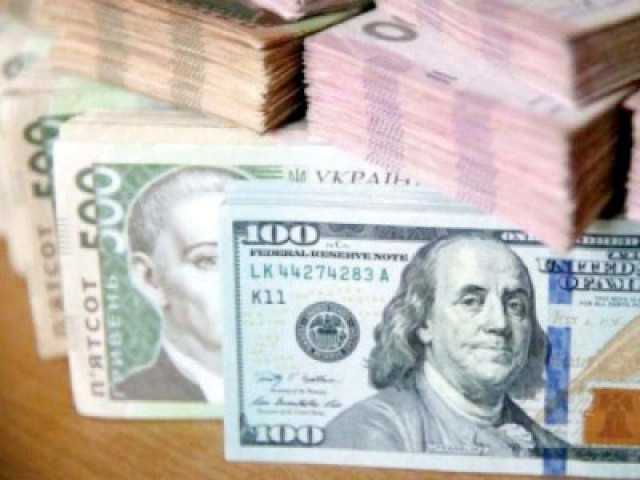Foreign loan inflows dry up
Despite growing needs, Pakistan received only $248m in external loans in April

Pakistan’s conventional foreign financing lines largely remained dry in April 2022, as it received hardly a quarter of a billion dollars in external loans from the bilateral and multilateral lenders, taking total loans to $15.5 billion in the current fiscal year.
The disbursement of loans by the multilateral creditors virtually paused due to the delay in reaching a deal with the International Monetary Fund (IMF), which also put on hold the budgetary support loans.
The Ministry of Economic Affairs’ lack of focus on pushing the project executing agencies to fast-track the development work also caused the slowdown in loan disbursement in April.
Data released by the Ministry of Economic Affairs on Monday showed that Pakistan received only $248 million in foreign loans in April, including $100 million worth of oil on deferred payments from Saudi Arabia.
China disbursed a pending loan tranche of $50 million for the Orange Line Metro Project, Lahore.
The World Bank gave $63 million and the Asian Development Bank (ADB) extended a mere $18 million. Total disbursement by all the multilateral lenders came in at $95 million in April, according to the ministry.
Pakistan could not receive $1 billion loan tranche from the IMF while the World Bank delayed the approval of $400 million policy loan, which affected the endorsement of a similar loan from the Asian Infrastructure Investment Bank (AIIB). AIIB has pegged its loan with the World Bank’s budgetary support.
Pakistan has not been able to meet at least five conditions agreed for acquiring the World Bank loan as part of the Resilient Institutions for Sustainable Economy Programme (RISE) series.
Overall, Pakistan received $15.5 billion in loans from foreign creditors during the July-April period of current fiscal year. Out of this, the previous Pakistan Tehreek-e-Insaf (PTI) government took $15 billion in gross foreign loans during its last nine months in power, taking the total gross foreign borrowing to over $57 billion during its 43-month rule.
The $15.5 billion disbursement includes $13.8 billion given by the international creditors and nearly $1.7 billion by the overseas Pakistanis.
Around 85% of the new gross foreign loans were aimed at bridging the budget deficit and supporting the foreign exchange reserves, which remain at the critically low level of $10.2 billion.
Owing to the increasing reliance on loans to enhance the foreign currency reserves and finance the budget deficit, the cost of debt servicing has gone up significantly. The delays and fewer disbursements also put pressure on the rupee, which traded at Rs201 to a dollar in the inter-bank market on Monday.
“The lingering policy uncertainty has compounded the pressure on the exchange rate,” said the State Bank of Pakistan (SBP) in its Monetary Policy Statement.
An amount of $2.6 billion was received in foreign commercial loans from banks in the first 10 months (July-April) of current fiscal year.
The government borrowed $1.1 billion from Dubai Bank. Another loan of $591 million was secured from Emirates NBP, and $487 million was acquired from Standard Chartered Bank, London, according to the economic affairs ministry. Financing of $343 million was secured from Credit Suisse AG.
The Ministry of Economic Affairs also booked $832 million worth of publicly guaranteed debt, which China disbursed for Karachi’s nuclear power plants, known as K2 and K3.
Pakistan also obtained nearly $4 billion in loans from the multilateral creditors. Amongst the multilateral development partners, the ADB disbursed $1.4 billion during the July-April period. The World Bank released $1.14 billion while the Islamic Development Bank (IDB) disbursed $1.2 billion for crude oil imports.
The government raised $2 billion by floating long-term bonds, including $1 billion through the most expensive Sukuk in Pakistan’s history at a nearly 8% interest rate.
Published in The Express Tribune, May 24th, 2022.
Like Business on Facebook, follow @TribuneBiz on Twitter to stay informed and join in the conversation.



















COMMENTS
Comments are moderated and generally will be posted if they are on-topic and not abusive.
For more information, please see our Comments FAQ